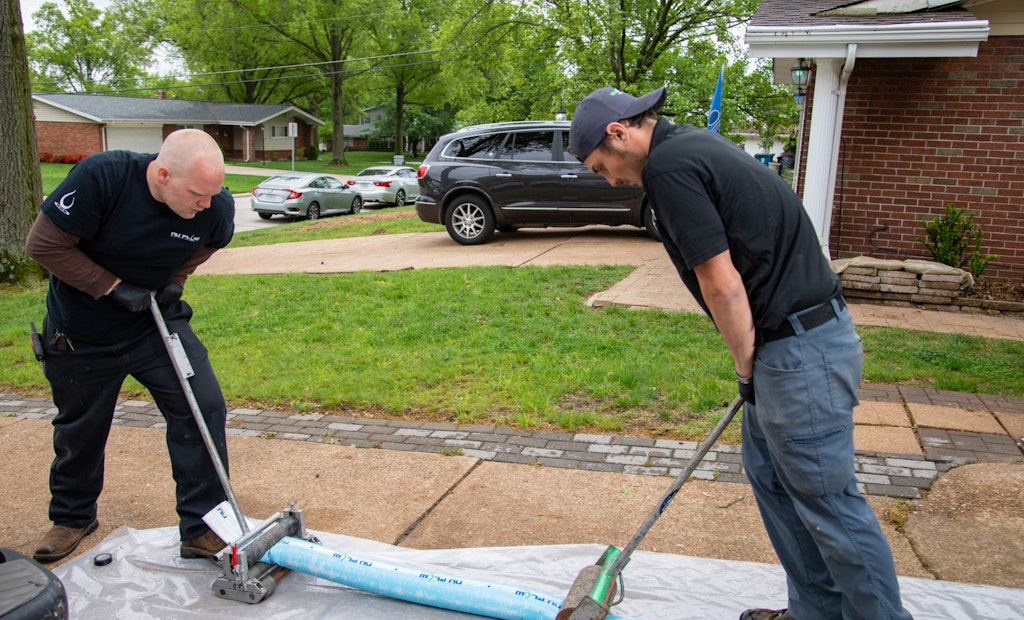Interested in Relining/Rehab?
Get Relining/Rehab articles, news and videos right in your inbox! Sign up now.
Relining/Rehab + Get AlertsWhen Christopher McNulty, owner of Nu Flow St. Louis, decided to enter the trenchless market and began researching lining options, he was looking for a universal process with extensive capabilities.
While the company has traditional inversion CIPP equipment on hand and uses it occasionally, McNulty admits that his typical go-to choice is pull-in-place rather than inversion techniques. The merits of traditional inversion CIPP are strong and have their application sweet spot. But for McNulty, the pull-in-place method’s properties of being more pinpoint and stop-on-a-dime in nature felt more comfortable and offered more control, which he and his crews — being new to CIPP — needed.
Following his intuition about what technology would be the best fit for his company has paid off.
“As contractors performing CIPP, we all want to go out and be able to shoot a thousand feet at a time with our inversion systems, but that’s not always possible,” McNulty says. “Finding projects like that to do repeatedly when you first start out is hard. By having pull-in-place pipe lining technology as an option, we’ve been given a big advantage and can offer our property owners more.”
In the case of a house lateral, when only a small section of the pipe is bad, McNulty says he is able to offer the homeowner the choice to line the entire run from point A to point B or to fix only those sections that need rehabilitation, and thus save money. McNulty says using the pull-in-place process and running cameras alongside to ensure everything is lined up and adjusted properly offers additional quality control that is not available with other methods.
Nu Flow St. Louis’ capacity and ability to perform horizontal exterior, as well as interior vertical line rehabilitation with the same method and “kit” has enabled it to grow its lining revenues rapidly to become one of the St. Louis region’s top specialty lining contractors.
“We didn’t know how pipe lining was going to go. We thought it would just be another nice tool or service in our toolbox to offer; but it took off, and we found ourselves excelling in our service area and being asked to come in on some unique projects in residential, commercial and industrial markets,” McNulty says.
Read more about Nu Flow St. Louis in the August 2020 issue of Cleaner magazine.






